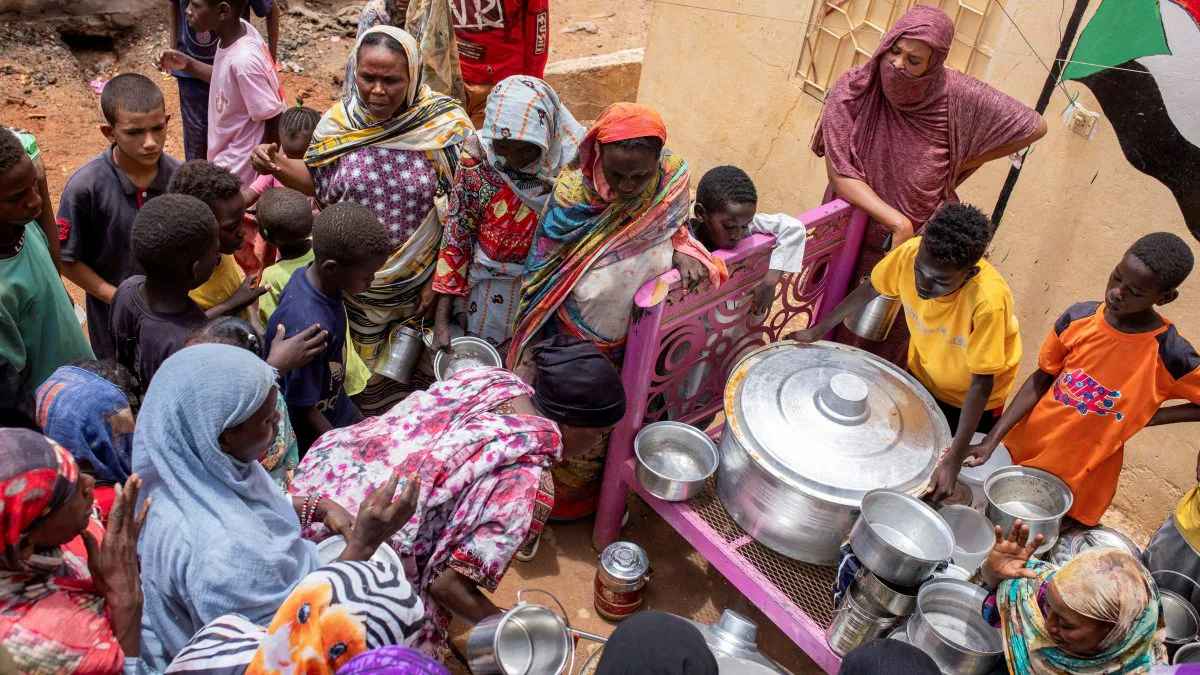Hunger Hotspots: A joint report by the United Nations Food and Agriculture Organization (FAO) and the World Food Programme (WFP) has raised an urgent alarm over escalating food insecurity across multiple regions. The latest analysis identifies Sudan, South Sudan, Mali, Palestine, and Haiti as the world’s most critical hunger hotspots, where millions face the risk of starvation. This crisis is fueled by a dangerous mix of conflict, economic collapse, and climate extremes, demanding immediate global intervention.
Primary Drivers of the Crisis
Food insecurity in these regions is rooted in a combination of destructive forces:
- Armed Conflict: Ongoing violence in Sudan has plunged parts of the country into famine-like conditions.
- Environmental Shocks: South Sudan grapples with chronic flooding and instability, severely disrupting food access.
- Economic Volatility: Mali struggles with soaring food prices and persistent insecurity, intensifying hunger levels.
- Political and Military Turmoil: Palestine faces severe food shortages due to prolonged blockades and military strikes.
- Social Collapse: In Haiti, gang violence has displaced communities and paralyzed food supply chains, pushing thousands into catastrophic hunger.
Crisis in Numbers (Mid-2025)
The scale of the hunger emergency is staggering:
- Sudan: 24.6 million people expected to suffer acute food insecurity.
- South Sudan: 7.7 million at risk of severe hunger.
- Mali: 2,600 individuals approaching starvation.
- Palestine: 500,000 people facing potential famine.
- Haiti: 8,400 already in catastrophic food insecurity.
Wider Regional Assessment
A total of 13 countries have been flagged as urgent hunger hotspots. In many of these, conflict remains the dominant trigger. The Democratic Republic of the Congo is witnessing worsening conditions due to resurging violence. Meanwhile, Nigeria is threatened by erratic weather, potentially destabilizing agricultural outputs.
However, not all trends are negative—Ethiopia and Kenya have seen marginal improvements, credited to favorable harvests and moderated climate pressures.
Call to Action: Recommendations from FAO and WFP
To avert mass starvation, the UN agencies emphasize:
- Support to Local Agriculture: Empowering farmers with tools and resources to sustain food production.
- Timely Humanitarian Aid: Scaling up life-saving interventions in high-risk zones.
- Anticipatory Measures: Proactive planning to reduce the impact of upcoming disruptions.
While progress in some areas offers hope, the report cautions that such gains remain highly fragile and reversible.
Looking Ahead: A Grim Forecast
The global food crisis shows no sign of abating. With conflicts intensifying and climate hazards mounting, millions more could be pushed into hunger. The FAO-WFP report calls for constant monitoring, robust funding, and political commitment to prevent the humanitarian disaster from deepening further.



